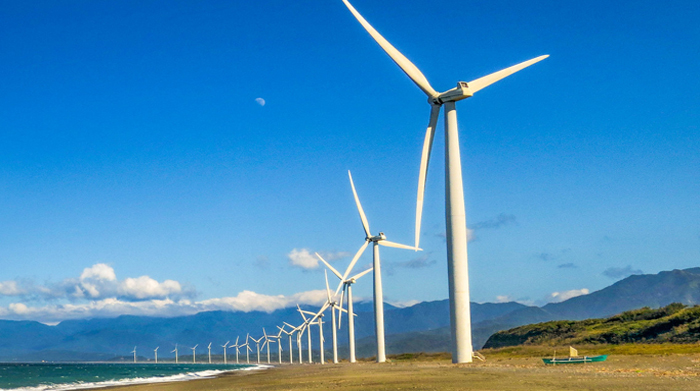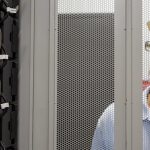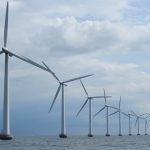Grid-Forming Inverters are Key to Future Grid Reliability

Image courtesy of Wayne S. Grazio under Attribution-NonCommercial-NoDerivs 2.0 Generic License, resized to 700 x 391 pixels.
According to industry experts, so-called grid-forming inverters will be critical to maintaining the reliability of the grid going forward. In a nutshell, these inverters are necessary to support the growth of inverter-based resources (IBRs) like solar and wind. This post discusses the implications of this, and what you need to know.
The Role and Function of Grid-Forming Inverters
Generally speaking, inverters help integrate clean energy sources into the power grid. They synchronize renewable energy currents to match the transmission system’s heartbeat of 60 cycles per second (AKA hertz). Turbines from traditional synchronous generation sources like gas, coal and nuclear are spun such that they generate power at the rate of 60 hertz.
However, renewable energy sources that rely on IBRs tend to experience inertia reductions that can desynchronize the system. IBRs using traditional inverters cannot address this desynchronization, which is why grid-forming inverters are needed. Simply put, these new types of inverters detect fluctuations, and work to adjust the flow of power to reduce them.
According to industry experts, only 30-75% of IBRs can be integrated into the grid without the assistance of grid-forming inverters. In essence, grid-forming inverters can replace traditional synchronous systems. They are highly controllable – both in terms of frequency fluctuations and voltage maintenance – because they can be programmed to spec. They can also detect abnormal operating conditions and address them by isolating any failing components.
Cost-effectiveness is a challenge, but there is a level of confidence that market opportunities and complementary technologies like battery storage will be able to offset any higher cost structure. That said, pilot programs and largescale simulations will be needed to fully optimize the technology.
To sum it up, the transition from traditional generation sources to clean energy sources requires stability in the overall heartbeat of the interconnected system, and the utilization of grid-forming inverters appears to be the best way to achieve this goal.



